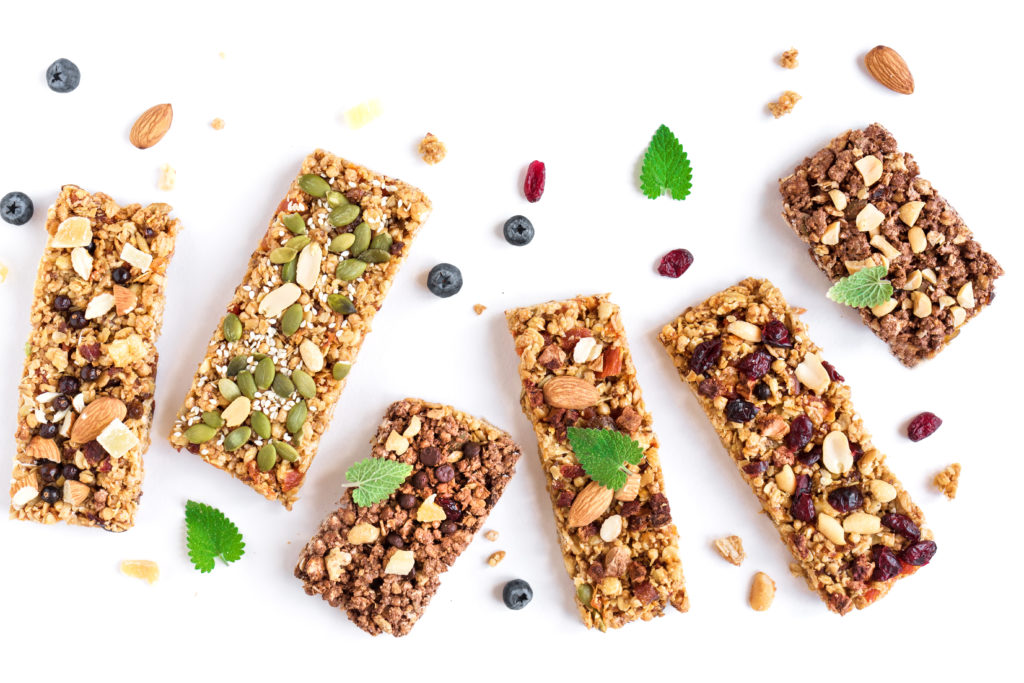Why segmentation matters in today’s sports nutrition market
35% of global consumers have purchased protein fortified foods (i.e. Crisps, cookies, bites, balls) in the last six months (FMCG Gurus, 2025)
Over the past ten years, sports nutrition has expanded dramatically. This is both in terms of product ranges and the number of people purchasing them worldwide. Yet, this rapid growth has made the very idea of “sports nutrition” feel outdated. Today, there is such a diverse mix of products. As a result, it’s no longer appropriate to treat the industry as one unified category. Segmentation is now essential, for both products and consumers. From a product angle, brands should distinguish between two areas. The first is “core” offerings (like powders, shakes, and gels) and the second being “casual” items (such as bars and ready-to-drink products that serve both everyday snacking and performance needs).
Similarly, consumer groups should be considered in terms of “core” users (fitness-driven individuals aiming to maximize health and performance) versus “casual” users (those engaging in light activity or simply looking for convenient nutrition in their daily lives). These distinctions are especially important in categories like protein snack bars, where motivations vary widely.

Protein bars as everyday snack alternatives
44% of global consumers prefer high protein/low sugar alternatives to “traditional” snacks such as chocolate and confectionery (FMCG Gurus, 2025).
The market has shifted toward a wider, more casual consumer base. As a result, sports nutrition products are now competing directly with traditional snack categories. Protein bars, for example, are no longer limited to gym bags and post-workout routines. They’re increasingly chosen over confectionery or chocolate by people seeking high-protein, low-sugar snacks. This makes them appealing in a variety of moments. For example, a quick bite in the car, a part of lunch, or something to enjoy while watching TV. These occasions are typically more indulgent in nature, so consumers prioritize taste first, while also appreciating the products’ “better-for-you” positioning. What protein bars offer is a balance. This involves the enjoyment of a snack with the added reassurance of health benefits and reduced guilt compared to conventional sweet treats.

The aspirational pull of protein
76% of global consumers associate protein with general health and wellness (FMCG Gurus, 2025).
One key driver behind the mainstream adoption of sports nutrition is the broad, aspirational appeal of protein. It’s a nutrient that consumers trust. This has led many people to seek out more protein in their diets, often without knowing the recommended daily allowance or their own actual intake. Protein has a certain “cool factor” that other nutrients, like fiber or magnesium, lack. Research from FMCG Gurus highlights that protein is commonly associated with outcomes such as enhanced energy, a priority health goal for many over the coming years. As challenges to maintaining healthy lifestyles increase, consumers will continue to seek protein snacks that combine convenience, guilt reduction, and a perception of healthiness.
Discover more with FMCG Gurus’ Trend report: Protein bars: Shifting priorities in the market – 2025. For more details, contact us at info@fmcggurus.com.